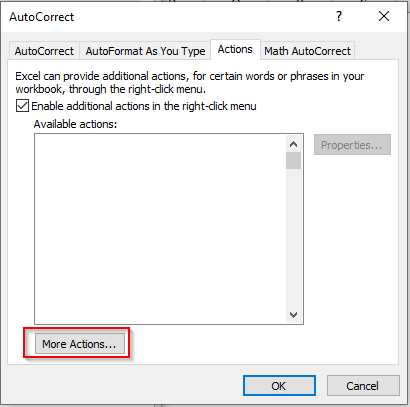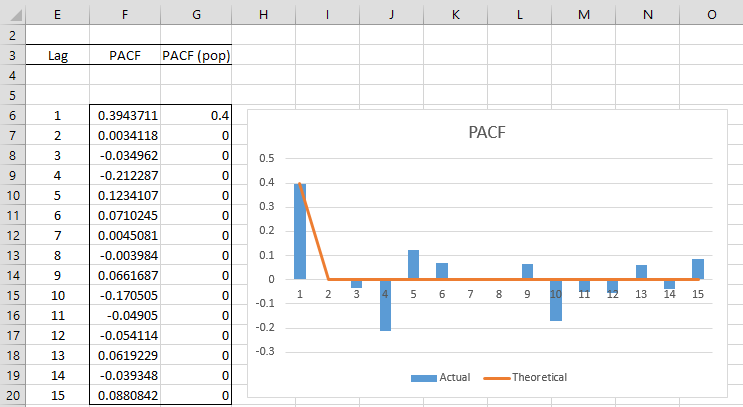
$$\bar + u_t$.įor using the data of your time series to calculate the amostral counterpart of those statistics (without having to set a model as what i presented untill now), first you need to assume that your series is at least weakly stationary and ergodic, which in loose terms is like saying that the series "will not change its statistical properties with time", so that the values of the series that you observe can be meaningful to the process behind it.
 Sample 2 and Sample 3 have a negative correlation (-.Well if you mean how to estimate the ACF and PACF, here is how it's done:. Sample 1 and Sample 3 have a negative correlation (-.07). Sample 1 and Sample 2 have a positive correlation (.414). If the correlation is greater than 0.80 (or less than -0.80), there is a strong relationship.
Sample 2 and Sample 3 have a negative correlation (-.Well if you mean how to estimate the ACF and PACF, here is how it's done:. Sample 1 and Sample 3 have a negative correlation (-.07). Sample 1 and Sample 2 have a positive correlation (.414). If the correlation is greater than 0.80 (or less than -0.80), there is a strong relationship.  -1 to 0 to 1 = Positive Correlation (more of one means more of another). Click on QI Macros, Statistical Tools, Regression and Other Statistics and then Correlation:Ĭorrelation Results will always be between -1 and 1. This sample data is found in QI Macros Test Data > statistical.xlsx > Correlation-Covariance tab 2. Here is an example of correlation analysis in Excel using QI Macros add-in. To understand and explore the linear relationships between two or more sets of numbers, Excel provides tools to analyze the variance (i.e., covariance) and relationships (i.e., co-relation) between two or more sets of numbers. Does it increase or decrease with weight? Imagine that you'd like to know if a person's weight is related to their systolic blood pressure. Go Deeper: How to Conduct Correlation Analysis in Excel QI Macros will do the math and analysis for you. Click on QI Macros menu > Statistical Tools & Correlation. Free Agile Lean Six Sigma Trainer Training. Animated Lean Six Sigma Video Tutorials.
-1 to 0 to 1 = Positive Correlation (more of one means more of another). Click on QI Macros, Statistical Tools, Regression and Other Statistics and then Correlation:Ĭorrelation Results will always be between -1 and 1. This sample data is found in QI Macros Test Data > statistical.xlsx > Correlation-Covariance tab 2. Here is an example of correlation analysis in Excel using QI Macros add-in. To understand and explore the linear relationships between two or more sets of numbers, Excel provides tools to analyze the variance (i.e., covariance) and relationships (i.e., co-relation) between two or more sets of numbers. Does it increase or decrease with weight? Imagine that you'd like to know if a person's weight is related to their systolic blood pressure. Go Deeper: How to Conduct Correlation Analysis in Excel QI Macros will do the math and analysis for you. Click on QI Macros menu > Statistical Tools & Correlation. Free Agile Lean Six Sigma Trainer Training. Animated Lean Six Sigma Video Tutorials. 
Statistical Analysis - Hypothesis Testing.







 0 kommentar(er)
0 kommentar(er)
